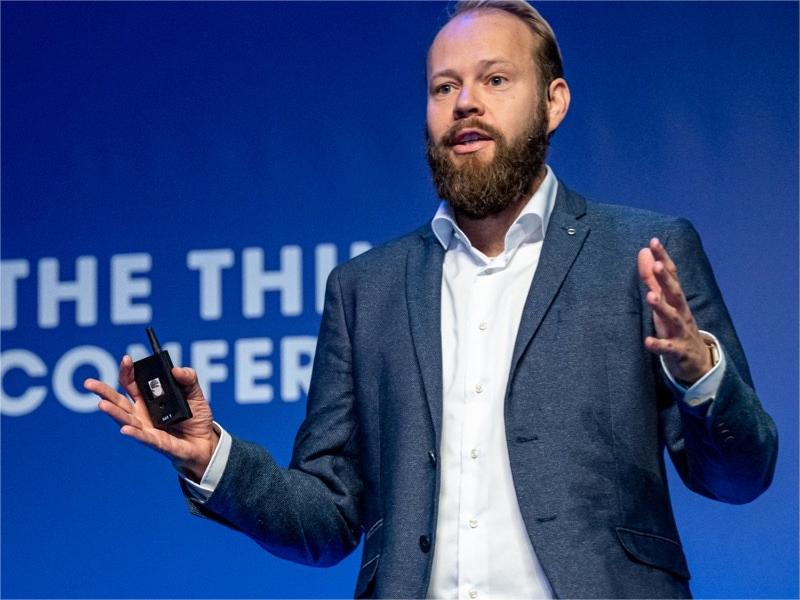- Wienke Giezeman, CEO and co-founder of The Things Industries, recently shared his thoughts on LoRaWAN’s role in IoT on the IoT For All Podcast.
- The IoT industry has evolved since 2015, with LoRaWAN finding its niche in private networks and enterprise IoT solutions.
- Understanding the total cost of ownership is crucial for successful IoT implementations, according to Giezeman.
Wienke Giezeman, CEO and co-founder of The Things Industries, recently discussed the evolution and current state of LoRaWAN technology on the IoT For All Podcast for 27 minutes. Here are five key takeaways from the podcast.
1. Evolution of LoRaWAN technology
In 2015, expectations for low-power wide area networks (LPWAN), including LoRaWAN, were sky-high. Companies like Sigfox, LoRaWAN, and NB-IoT were seen as revolutionary. Over time, LoRaWAN has found its place, particularly in private networks, enabling enterprises to create their own networks with low-power sensors. This shift has helped drive down operational costs significantly.
2. LoRaWAN’s role in enterprise IoT
LoRaWAN stands out in enterprise IoT solutions due to its low R&D costs and extensive device-making ecosystem. The Things Industries now supports around 2 million LoRaWAN devices globally, from mining air quality measurements in Chile to tracking cattle in New Zealand. The versatility and efficiency of LoRaWAN make it a valuable asset for various sectors.
Also read: How to protect the ‘internet of things’?
Also read: How do Internet-of-Things (IoT) devices update remotely?
3. Collaboration with other connectivity technologies
Giezeman highlighted that LoRaWAN doesn’t necessarily converge with other RF technologies but rather complements them. For example, a LoRaWAN gateway might use cellular backup, combining different technologies to enhance reliability and coverage. This modular approach allows companies to build robust IoT solutions tailored to their specific needs.
4. Focus on total cost of ownership
A crucial aspect of successful IoT projects is understanding the total cost of ownership. Giezeman emphasised that companies must consider the entire cost, including installation, network building, sensor maintenance, and risk management. For instance, the average total cost of ownership for LoRaWAN solutions supported by The Things Industries is around $300 (£240) per sensor over four years. Companies that plan for these expenses upfront are more likely to succeed in their IoT initiatives.
5. Scalability and future prospects
Once a LoRaWAN infrastructure is in place, the cost and effort to scale up and add more devices are relatively low. This scalability is a significant advantage for early IoT adopters, allowing them to expand their networks and increase their return on investment. Giezeman advises companies to think ahead and plan for future use cases to maximise the benefits of their IoT solutions.
Wienke Giezeman recently spoke on the IoT For All Podcast about LoRaWAN technology. We’ve summarised his 5 most important insights here.

